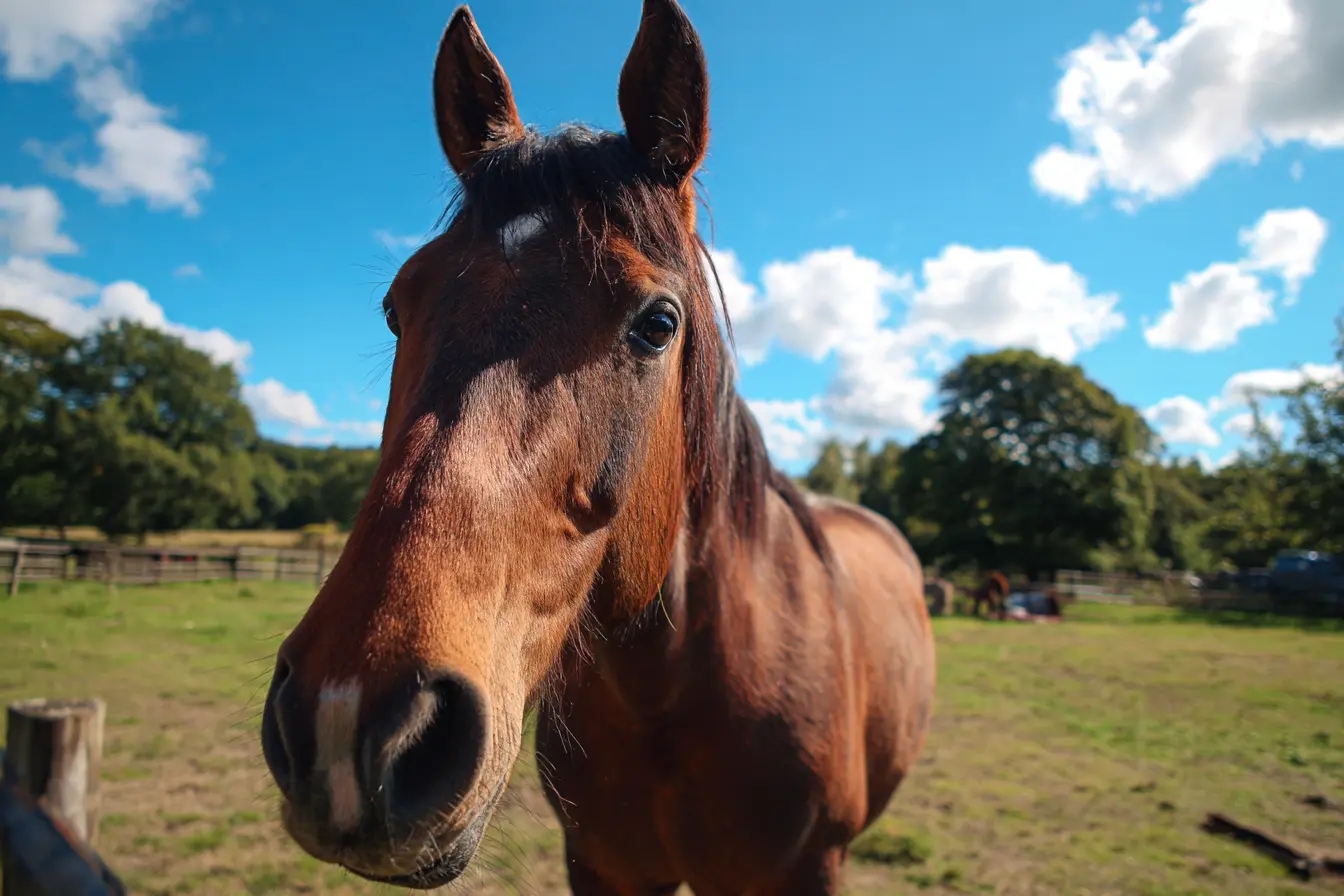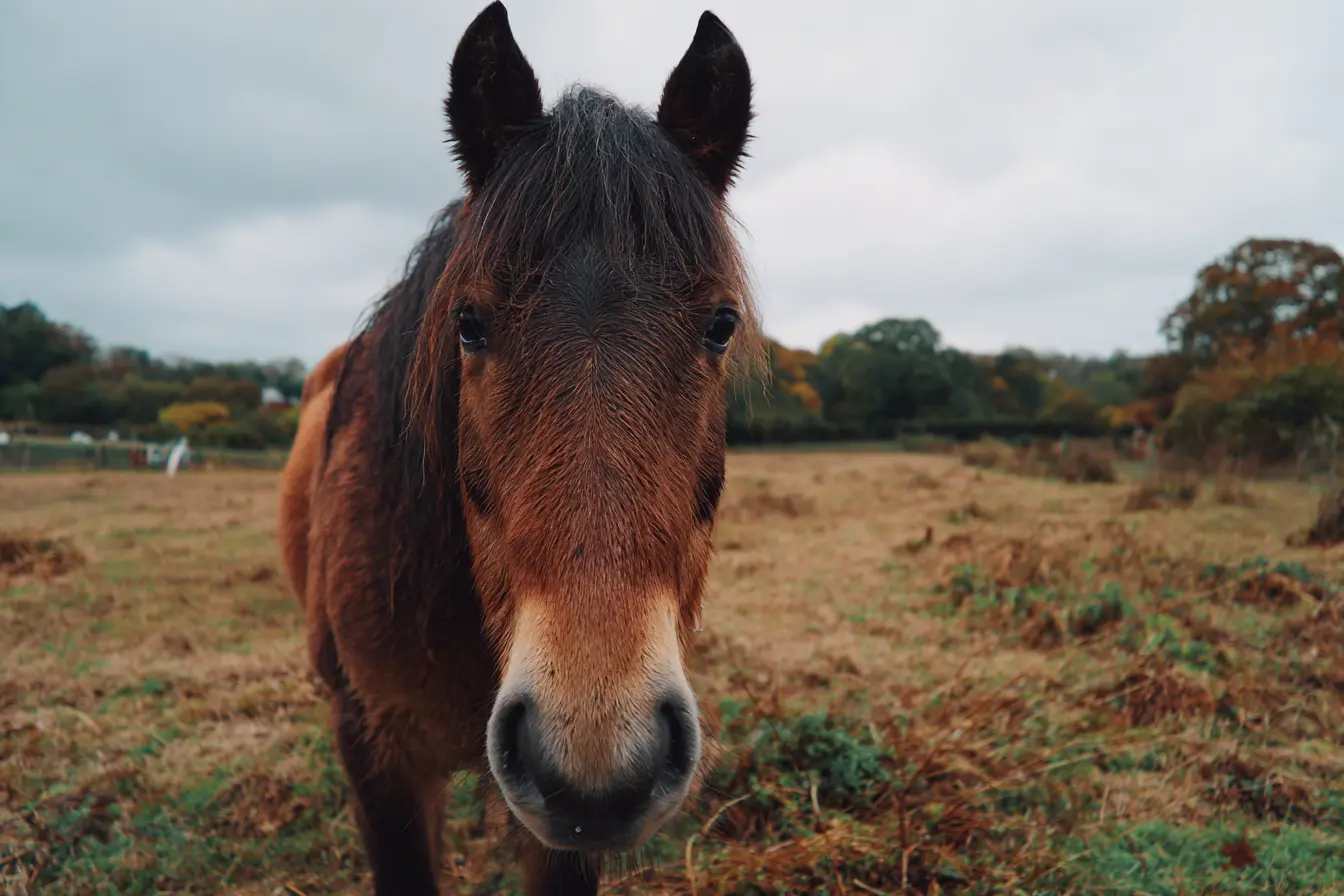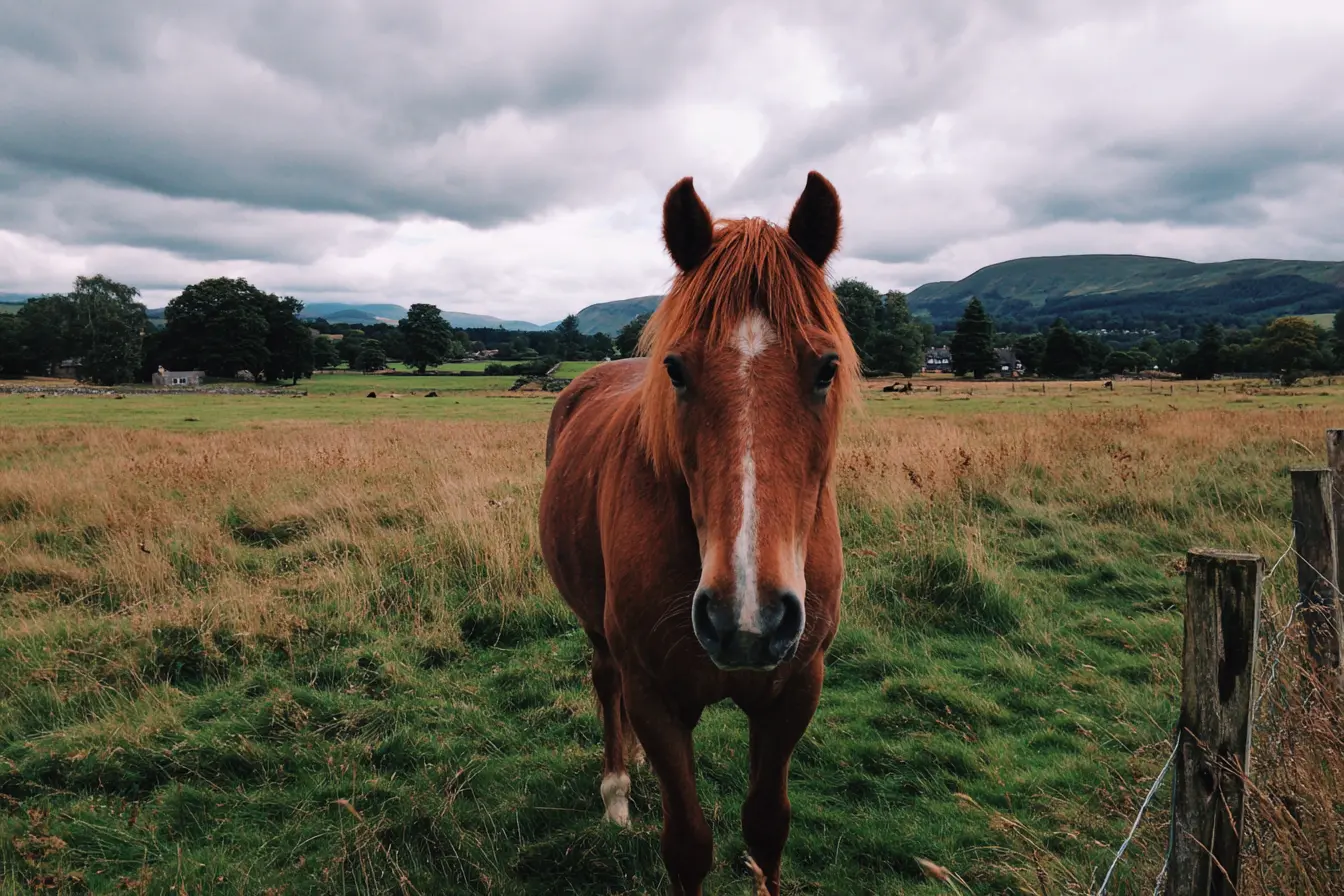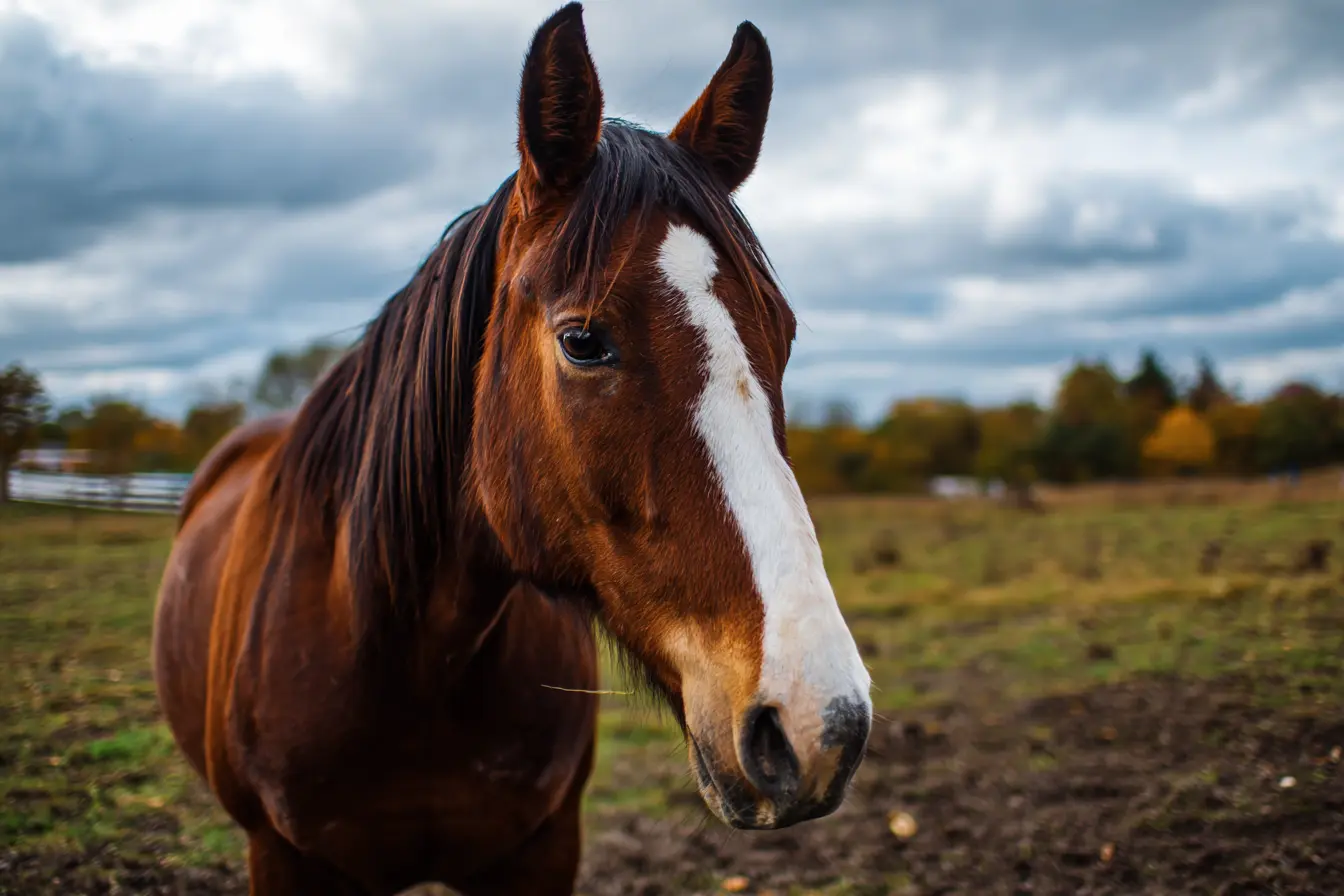
Horses and Sunburn: What Every Owner Should Know
Horses are resilient creatures, but like humans and many other animals, they are vulnerable to the damaging effects of the sun. Sunburn in horses is not just painful; if left unchecked, it can lead to serious health complications, including skin cancer. In this guide, we cover everything horse owners need to know about sunburn — from causes and prevention to signs and treatments.
Can Horses Really Get Sunburned?
Yes, horses can suffer from sunburn. The skin damage is caused by overexposure to ultraviolet (UV) rays, particularly on areas where the skin is light-coloured or lacks sufficient hair covering. Sunburn can be mild, resulting in temporary redness and discomfort, or severe, leading to blistering, infection, and long-term skin damage.
Which Horses Are Most at Risk?
Some horses are more prone to sunburn than others, particularly in the UK. Horses and ponies that are especially vulnerable include:
- Grey Thoroughbreds: Their coats lighten over time, exposing more sensitive skin.
- Coloured Cobs (piebalds and skewbalds): Their white patches often hide pink skin underneath.
- Welsh Ponies and Cobs: Particularly those with broad white blazes or significant white markings.
- Irish Sport Horses: Frequently have extensive white facial markings and socks.
- Shetland Ponies and Connemara Ponies: Especially pale-coloured individuals with pink skin areas.
Horses with bald patches, scars, or areas where the coat is thin are also at greater risk, as are clipped horses with exposed skin.
Common Areas Affected by Sunburn
The most commonly sunburned areas in horses include:
- Muzzle (nose and lips)
- Around the eyes
- Ears
- Lower legs (especially with white socks or stockings)
- Underbelly, particularly in lighter-skinned horses
Pink-skinned areas are particularly susceptible because they lack the protective melanin that darker skin possesses.
Signs of Sunburn in Horses
Sunburn in horses can range from mild irritation to severe, painful burns. Symptoms to watch for include:
- Red, inflamed skin
- Dry, cracked, or peeling skin
- Blistering in severe cases
- Swelling around the muzzle or eyes
- Sensitivity or reluctance to be touched
- Scabbing and ulceration if burns become infected
Chronic exposure and untreated sunburn can lead to solar dermatitis and an increased risk of skin cancers, particularly squamous cell carcinoma.
How to Protect Horses from Sunburn
Provide Adequate Shade
Ensuring your horse has access to shade during peak sun hours (10am–4pm) is crucial:
- Trees, field shelters, or purpose-built structures offer protection.
- Stabling horses during the hottest part of the day can also reduce risk.
Use Protective Gear
There are several types of equipment designed to protect horses from the sun:
- Fly masks with UV protection: Cover the face and ears.
- UV-protective sheets and rugs: Lightweight and breathable materials shield large areas of the body.
- Nose covers: Attach to headcollars and help protect sensitive muzzle skin.
Make sure the gear fits properly and does not cause rubbing or overheating.
Apply Horse-Safe Sunscreen
Sunscreen can be highly effective on vulnerable areas, but it must be horse-safe:
- Choose a non-toxic, fragrance-free sunscreen suitable for animals.
- Zinc oxide creams are commonly used on horses but check with your vet first.
- Apply generously and reapply throughout the day, particularly after sweating or drinking.
Important: Always avoid human sunscreens containing PABA or other chemicals harmful to animals.
4. Adjust Turnout Times
To reduce sun exposure, consider:
- Turning out horses early in the morning or late in the evening.
- Keeping horses inside during peak UV radiation periods.
Special Considerations: Photosensitivity
Some horses suffer from photosensitivity, a condition where the skin becomes abnormally sensitive to sunlight due to ingestion of certain plants, medications, or liver dysfunction. Photosensitivity can mimic or exacerbate sunburn symptoms.
Common plants that can cause photosensitivity include:
- St John's Wort
- Buckwheat
- Certain clovers
Signs of photosensitivity include:
- Severe burning even with minimal sun exposure
- Blistering and skin sloughing
- Reluctance to eat or drink due to mouth pain
If you suspect photosensitivity, seek veterinary advice immediately, as it often indicates underlying health issues.
Treating Sunburn in Horses
If your horse does get sunburned, quick action is key:
- Remove the horse from sunlight immediately.
- Cool the skin gently using cool (not cold) water or wet cloths.
- Apply soothing treatments recommended by your vet, such as aloe vera gels made for animals.
- Prevent further exposure by using protective gear or stabling.
- Seek veterinary advice for severe burns, blistering, or signs of infection.
Early intervention helps prevent complications like infection or long-term scarring.
Long-Term Risks of Sun Damage
Chronic sun exposure without protection can lead to:
- Solar dermatitis: Chronic inflammation and thickening of the skin.
- Squamous cell carcinoma: A type of skin cancer commonly affecting pink-skinned areas.
- Permanent scarring: Reducing comfort and performance.
Proactive prevention is far better (and far less costly) than treatment.
Final Thoughts
Sunshine can be beneficial for horses, supporting vitamin D production and general wellbeing, but too much sun can cause serious harm. With sensible precautions — providing shade, protective clothing, and using horse-safe sunscreen — owners can ensure their horses enjoy the summer months safely and happily.
Vets near you
Speciality vets
- Aquatics vet specialists
- Birds vet specialists
- Camelids vet specialists
- Cats vet specialists
- Cattle vet specialists
- Deer vet specialists
- Dogs vet specialists
- Equines vet specialists
- Exotic vet specialists
- Goats vet specialists
- Pigs vet specialists
- Poultry vet specialists
- Sheep vet specialists
- Small Mammals vet specialists
- Wild vet specialists



